How to enable cultural change through cloud adoption
Q: When is it too late to realize you need a lifeboat?
A: When you’re in the middle of a storm.
In other words, dealing with serial crises and being able to bounce forward out of them—and quickly—are more important than ever in the tech realm.
Having to manage a cultural change crisis without preparation is as good as a house built on sand. When the storms and winds come, it falls.
In this blog article, we will explore how to cultivate a culture and vision within your team that encourages and facilitates the successful adoption of new cloud systems, specifically- Microsoft Business Central by your employees.
Understand Cultural Change
Leadership typically focuses on two things: 1) How to innovate faster with the new normal and 2) how to create an organization that’s better at adapting over the longer term.
Increasingly, companies are realizing that their cloud migration journey is defined as much by their culture as by their technology choices (Deloitte 2023).
And that’s what our team here at Aristou has been prioritizing and striving for excellence in this field for our customers.
Let’s unpack it in more detail below!
Research conducted by Jennifer Chatman (2014) and her team has found a strong connection. This connection is between companies that encourage a culture of being able to change and do well economically.
A key highlight reveals high-tech companies that build a culture where they can easily adapt have managed to increase their revenue by 28% over 3 years.
Given these findings, investing in resilience through adaptability would seem to be a no-regrets move. So what accounts for organizations’ lack of preparedness?
If we believe culture is top-down, this also applies to adaptability in the technological space.
The Role of Cloud ERP in Cultural Change
Microsoft Business Central, as a Cloud ERP solution, acts as a catalyst for cultural change within organizations. It offers a robust set of tools and capabilities that can transform how a business operates.
There are several cultural goals ERP software like Business Central can foster:
Microsoft Business Central, as a Cloud ERP solution, acts as a catalyst for cultural change within organizations. It offers a robust set of tools and capabilities that can transform how a business operates.
There are several cultural goals ERP software like Business Central can foster:
1. Culture of constant learning and enhancement
-
Cloud ERP solutions like Business Central facilitate continuous improvement by providing tools for monitoring and optimizing processes.
-
-
This encourages a culture of constant learning and enhancement.
-
2. Culture of ownership and empowerment
-
By providing self-service features and user-friendly interfaces, BC empowers employees autonomy to take control of their work.
-
In turn, this autonomy contributes to a culture of ownership and empowerment.
-
-
BC offers transparency into financials, operations, and performance metrics.
-
This transparency fosters accountability at all levels of the organization, encouraging a culture of responsibility and ownership.
-
3. Culture of innovation and ambition
-
Microsoft Business Central, being a scalable solution, supports business growth.
-
This growth-oriented approach instills a culture of ambition and innovation within the organization.
-
Steps to Enable Cultural Change Through Cloud Adoption
Now that we’ve defined the ‘what,’ let’s explore the steps management can take to achieve successful cultural change.
1. Visualize the desired outcome for this cloud adoption journey
-
Create a comprehensive roadmap for cloud adoption
-
Outline the specific steps and strategies required to achieve a successful transition to the cloud.
-
Define roles and responsibilities within the team
💡This step is critical for everyone to understand their role in the process and ensure the team works cohesively
-
Plan a timeline that includes milestones and deadlines for each phase of the adoption journey
2. Assessing the current culture and readiness for change.
-
Conduct an organizational cultural assessment to understand the existing culture
-
Identify cultural strengths and weaknesses, and gaps in the company to be improved
-
Gauge the readiness of employees and leadership for the changes that cloud adoption will bring.
💡E.g: Distribute surveys, focus groups, or interviews to collect feedback and insights.
-
Tailor your change management strategy to address specific cultural challenges and opportunities with the results
3. Setting clear goals and objectives for the transformation.
-
Define SMART (Specific, Measurable, Achievable, Relevant, and Time-Bound) goals for cloud adoption initiatives.
💡These goals should align with both technological and cultural objectives.
-
Communicate these goals to all stakeholders
💡Ensure everyone understands the purpose and expected outcomes of the transformation
💡 Provides support to the implementation team they need to champion the journey
-
Break down these overarching goals into smaller, achievable objectives that can be tracked throughout the process.
4. Training and upskilling employees.
-
Develop a comprehensive training plan
💡 It should cover the technical aspects of the cloud ERP system as well as cultural changes it entails.
-
Offer training sessions and resources tailored to different user groups within the organization
-
Encourage continuous learning and provide ongoing support
💡This helps employees build confidence and proficiency with the new technology
5. Establishing a change management framework.
-
Create a change management framework
💡It should include communication plans, stakeholder engagement strategies, and mechanisms for addressing resistance to change.
-
Establish a change management team for accountability
-
💡This team is responsible for executing the framework, addressing concerns, and monitoring progress.
-
-
Continuously communicate the benefits of cloud adoption and how it aligns with the organization’s culture and values.
6. Monitor and evaluate progress.
-
Implement reasonable KPIs and metrics
💡Track the progress of both technical and cultural aspects of the transformation.
-
Regularly assess and measure cultural changes within the organization
💡Constantly seek feedback from employees and leaders.
-
Make necessary adjustments with these insights to your cloud adoption and change management strategies.
Overcoming Resistance to Change
Even with the best course of action in place, great leadership anticipates potential resistance to change.
In this section, we explore both the common resistance factors within organizations and the strategies essential for overcoming them while fostering a positive cultural transformation.
1. Fear of the unknown
-
-
Implementing a new technology like Microsoft Business Central can be intimidating because it means change and potentially starting from scratch.
-
Employees may fear the uncertainty and be overwhelmed by all the changes
-
E.g.: how this could impact their roles, job security, or work processes
-
-
2. Loss of control and lack of understanding
-
-
The misperception that this new system will take away control or autonomy over certain tasks.
-
Inadequate training or a lack of understanding about how the new ERP system works can lead to resistance.
-
Employees might be hesitant to embrace a technology they don’t fully understand or at times think it’s necessary to change.
-
-
-
Past failed implementations
-
-
Any prior experience with failed technology implementations in the past may result in resistance and a lack of faith in the team and the success of this new system.
-
Strategies to overcome resistance and promote a positive culture shift:
1. Focus on communicating the ‘why’ behind the ‘what’
-
-
Engage in open and transparent communication about the reasons for implementing the ERP system, its benefit and how it aligns with the organization’s goals.
-
Address concerns and provide regular updates throughout the implementation process.
-
2. Inclusive Involvement and continuous feedback
-
-
Involve employees from different levels and departments in the planning and decision making process.
-
Seek their input, listen to their concerns, and incorporate their feedback where possible.
-
-
Encourage ongoing feedback from employees about their experiences with the ERP system and use the feedback to make adjustments and improvements.
-
3. Adequate training and expectation management
-
-
Invest in comprehensive training programs for all employees who will use the new ERP system.
-
Ensure they have skills and confidence to navigate the new technology effectively.
-
-
Set realistic expectations about the challenges and benefits of the ERP implementation., ie: acknowledge the fact there may be initial disruptions but emphasize the long term gains.
-
4. Cultural Integration
-
-
Ensure the ERP system aligns with the organization’s culture and values.
-
Highlight how the technology supports and enhances the existing culture rather than contradicting or complicating it.
-
Identify and empower ‘change champions’ within the organization
-
I.e: employees who are enthusiastic about the new system and can help alleviate fears and uncertainties among their peers.
-
-
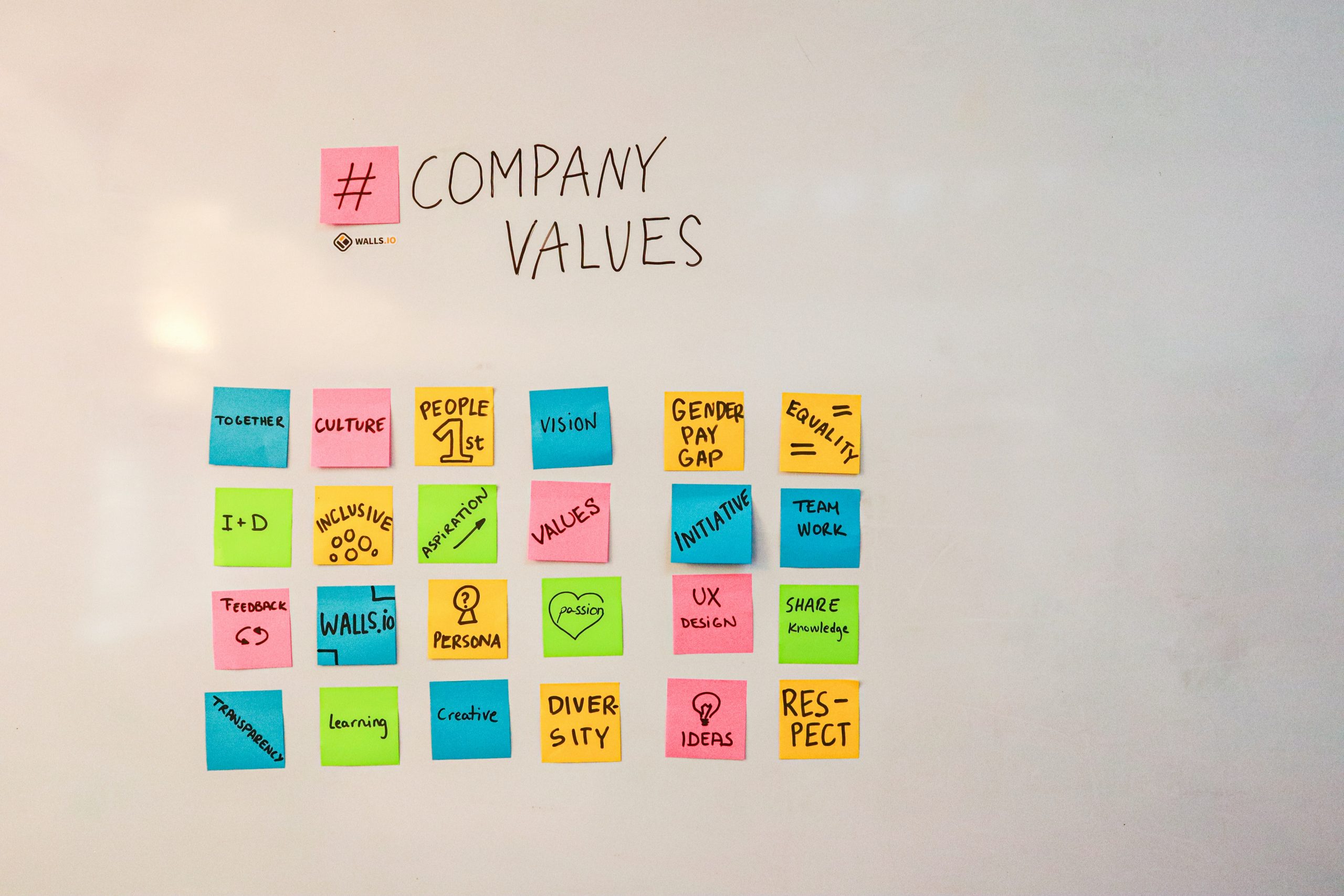
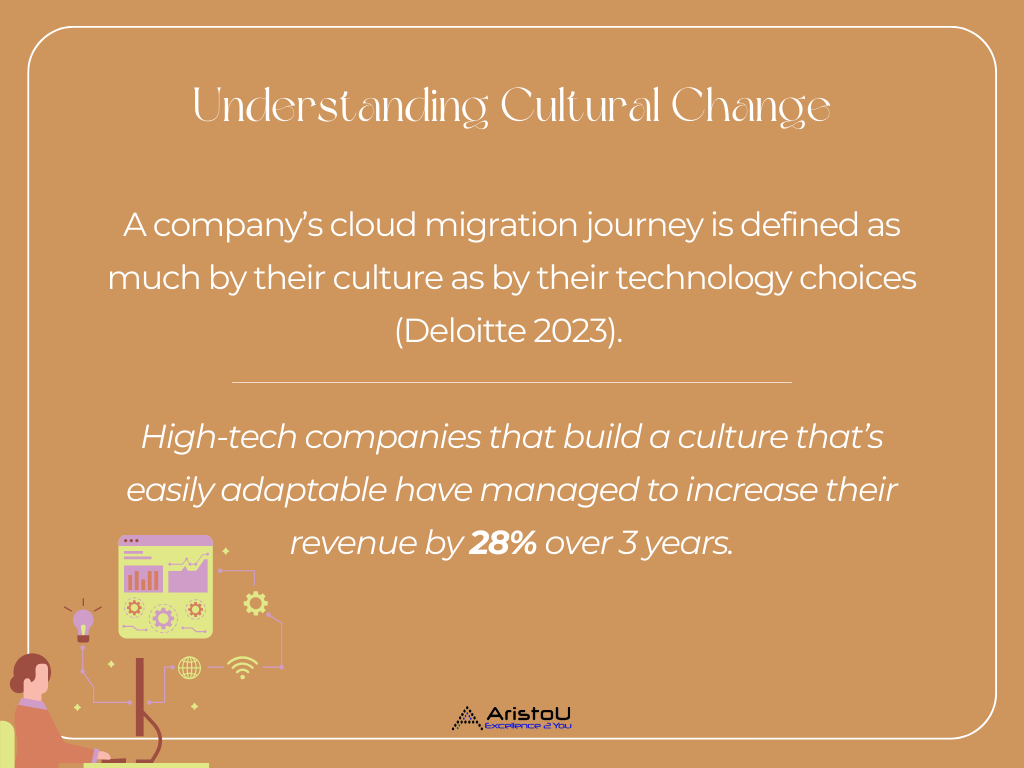
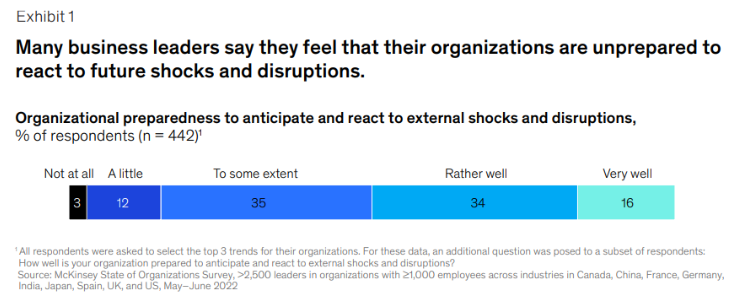
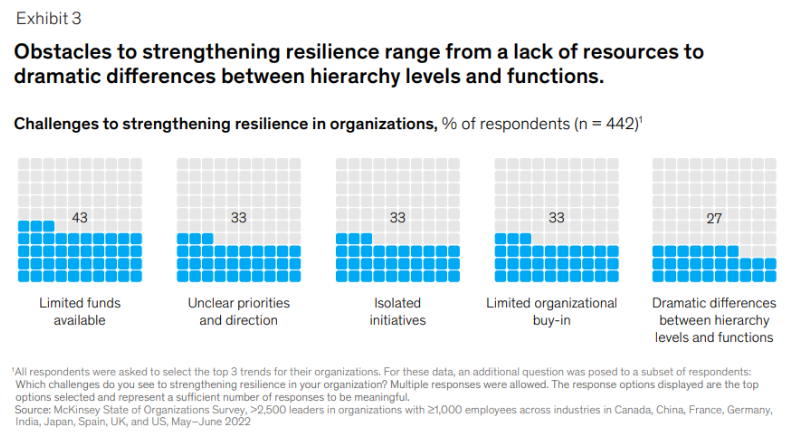
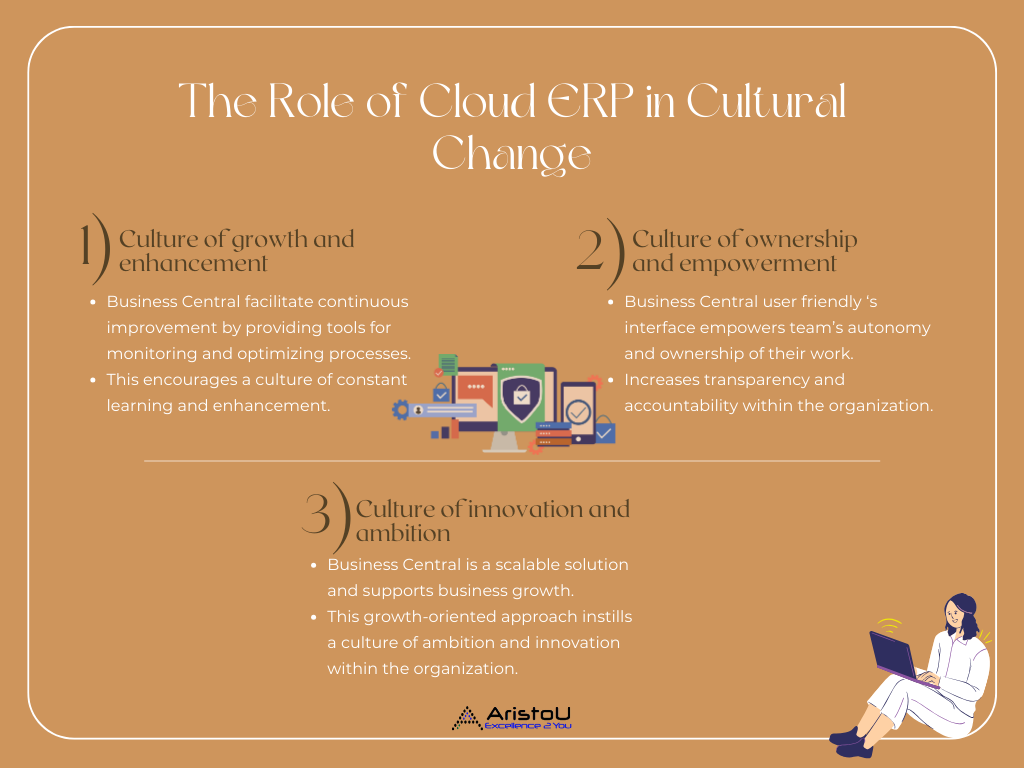
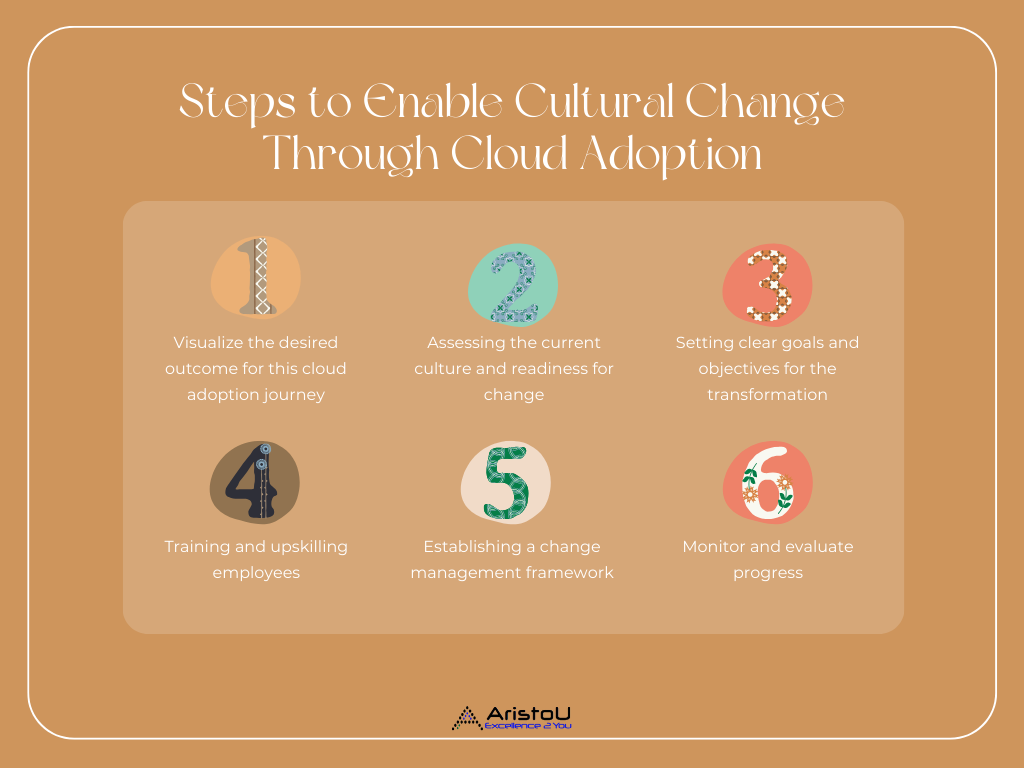
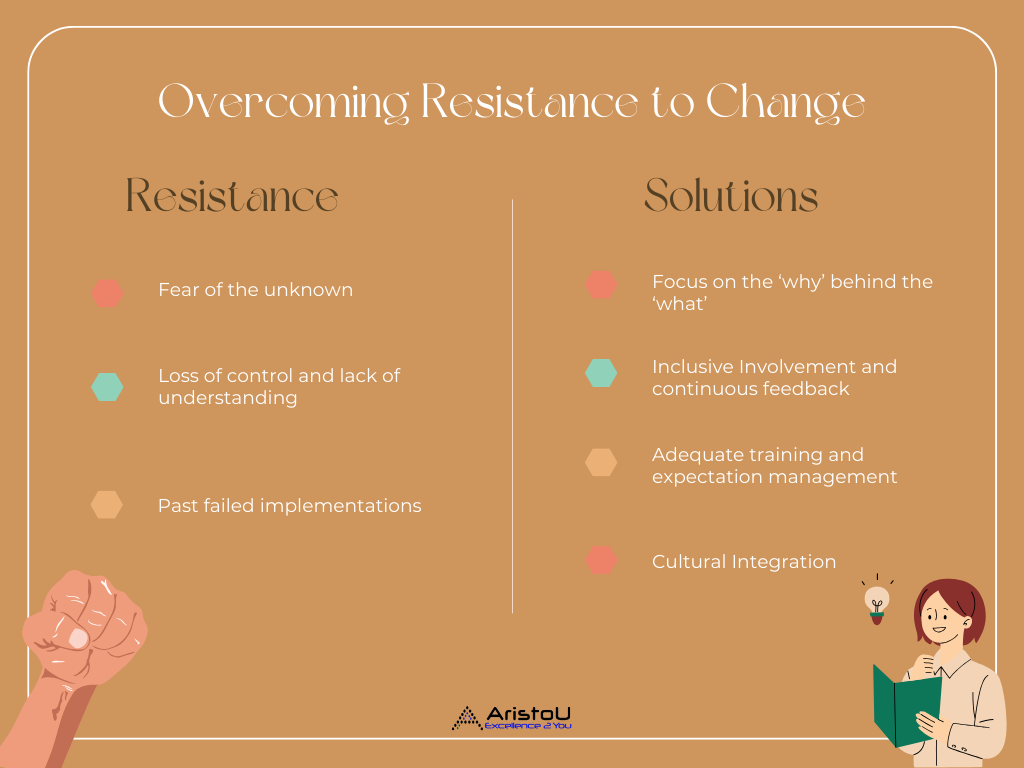
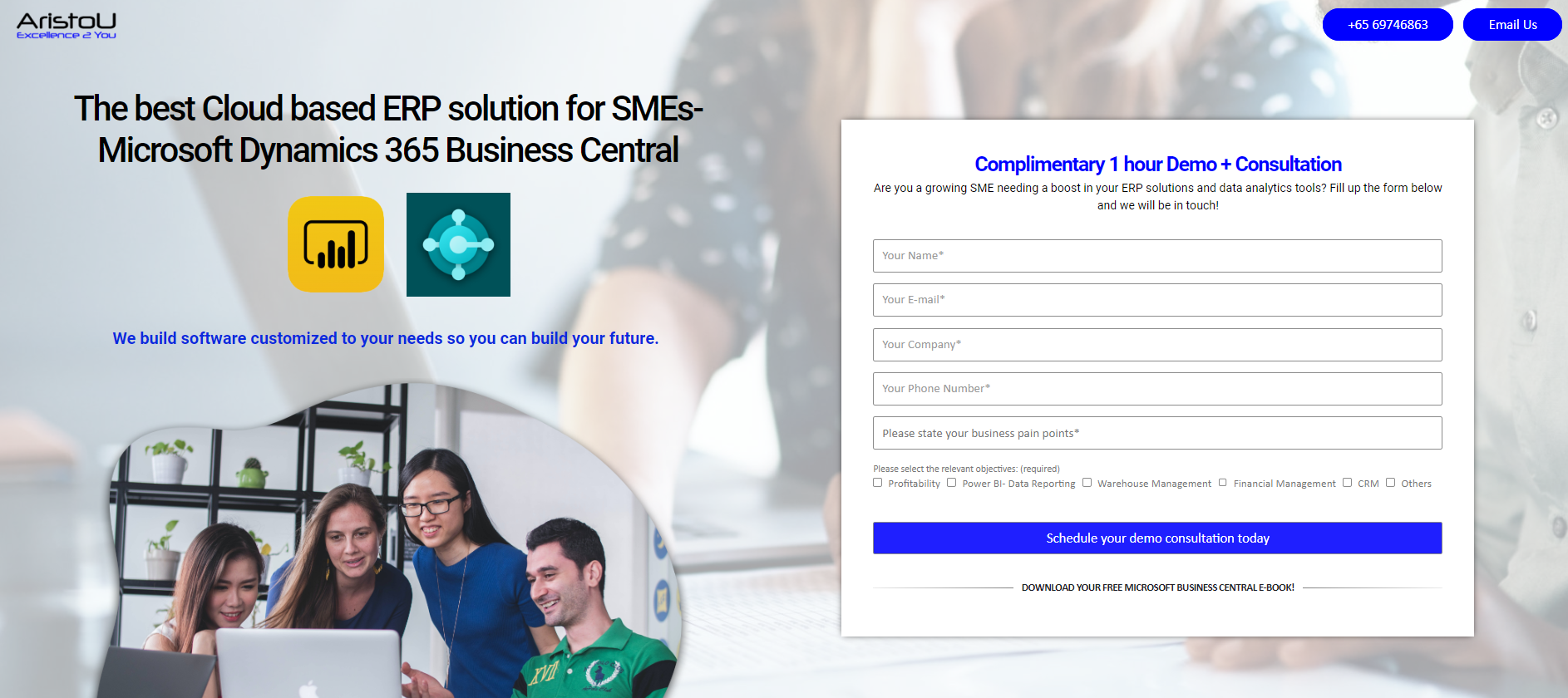










Leave a Reply